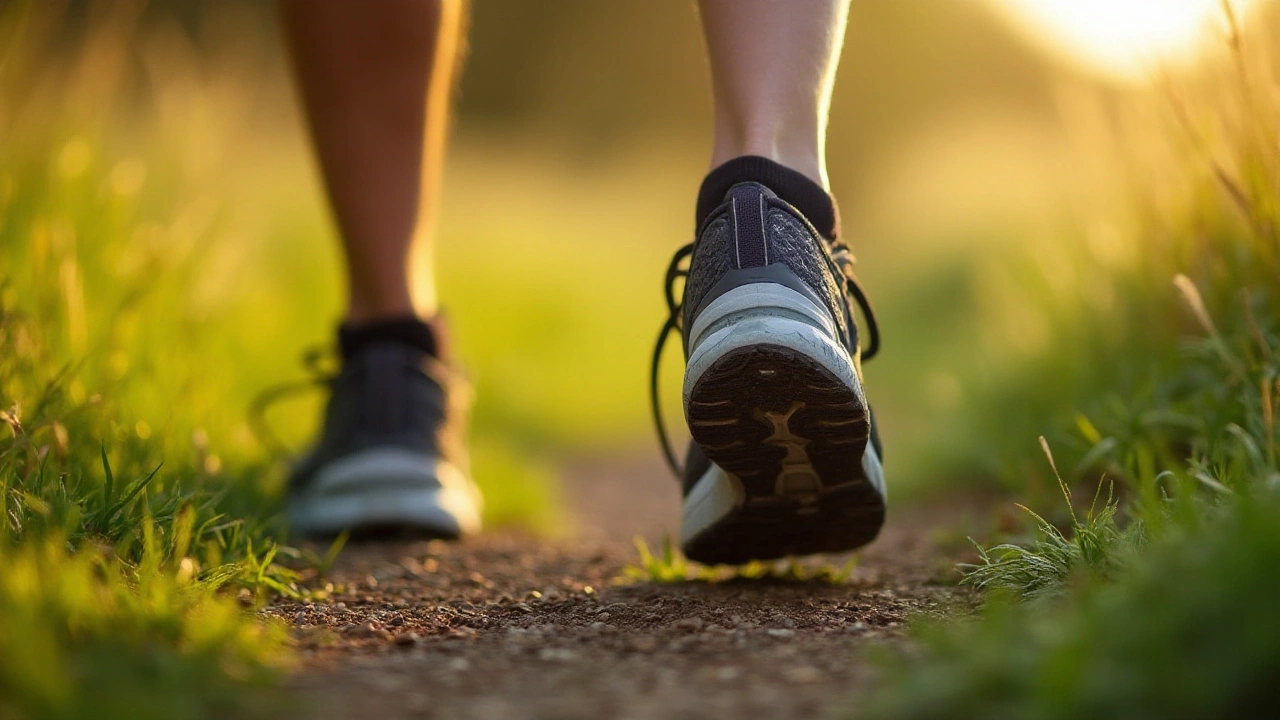
Running Comfort: Simple Hacks for Pain‑Free Miles
If your runs leave your feet sore or your legs complaining, you’re not alone. Most runners think the problem is the distance, but often it’s tiny details that make the biggest difference. Below are easy, no‑nonsense changes you can make right now to feel more comfortable on every jog.
Pick the Right Shoe and Fit It Right
The first step is choosing a shoe that matches your foot shape, stride, and the surface you run on. Look for a model that offers enough cushioning for your weight and a stable sole if you overpronate. If you’re unsure, try the Asics review or Hoka deep dive on our site – they break down comfort, support and durability for everyday runners.
Fit matters more than brand. A shoe half a size too big can cause blisters, while a shoe that's too tight will squeeze the toes and lead to nerve pain. When you try on shoes, stand up and wiggle your toes. There should be about a thumb’s width of space between your longest toe and the front of the shoe. If you’re between sizes, pick the larger one and add a snug in‑shoe insert.
Don’t forget lacing tricks. The “heel‑lock” or “runner’s loop” keeps the heel from slipping, reducing friction and hotspots. It’s a simple knot that takes a minute to learn but can save you from painful chafing.
Strengthen, Stretch and Adjust Your Form
Strong feet and calves act like shock absorbers. Simple foot‑strengthening moves – like towel scrunches or picking up marbles with your toes – can improve arch support and reduce fatigue. Add calf raises and ankle circles after each run to keep the muscles flexible.
When you run, aim for a short, mid‑foot strike rather than a heavy heel slap. This lessens impact and helps you stay more efficient. Try a few minutes of “run‑on‑grass” or “bare‑foot drills” on a soft surface to feel the difference. You’ll notice less pounding and more balance.
Stretching after you finish is just as vital. Focus on your hamstrings, quads, hip flexors and especially your calves. A quick 30‑second stretch for each muscle group can keep tightness from turning into pain later in the week.
Don’t overlook socks. Technical running socks with moisture‑wicking fibers keep feet dry and prevent blisters. Avoid cotton – it stays wet and creates friction. A thin, seamless pair is often more comfortable than a bulky one.
Finally, consider the environment. In hot weather, run early or late to avoid heat build‑up, and wear breathable shoes with mesh panels. In cold conditions, layer with a thin, breathable liner instead of a heavy boot that can trap sweat.
By paying attention to shoe fit, tiny form tweaks, foot strength and proper gear, you’ll notice a big jump in running comfort. Try one change at a time, track how you feel, and keep the habits that work. Your legs will thank you, and you’ll be ready for longer, happier miles.
